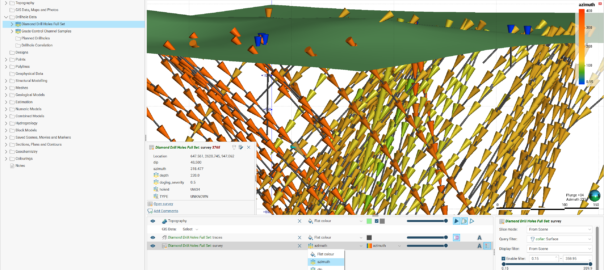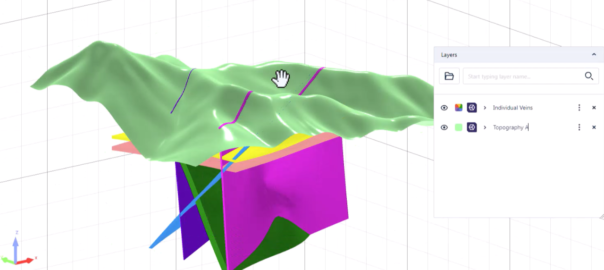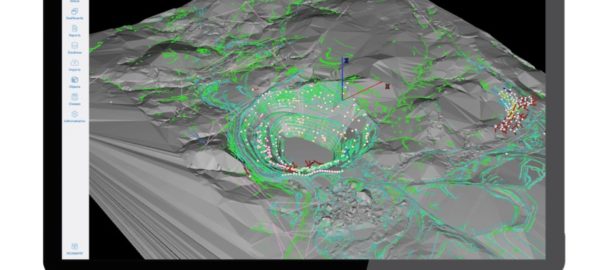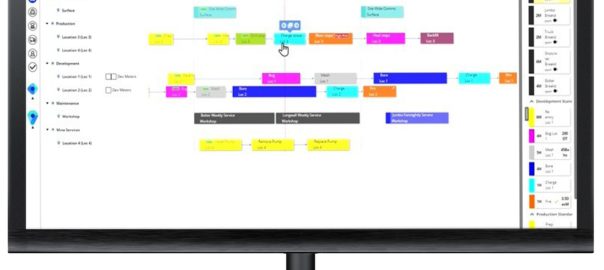Micromine says the unification of Çayeli Bakir’s mine control and fleet management processes, with the recent implementation of the Micromine Pitram fleet management system (FMS), has resulted in a significant productivity increase.
Located on the Black Sea coast in Türkiye, Çayeli Bakir is a significant copper and zinc mine operated by First Quantum Minerals.
Facing rising operational costs and the complexities of operating multiple ore bodies, Çayeli Bakir implemented Micromine Pitram to unify its mine control and fleet management under one powerful solution.
Since deploying Micromine Pitram, Çayeli Bakir has doubled its target-hitting activities and achieved an average productivity increase of 18%, according to Micromine, with Pitram’s data visualisation and equipment tracking capabilities allowing Çayeli Bakir to optimise its operations with real-time insights.
This unified approach to mine control has enabled more effective decision making and efficient allocation of resources, helping to reduce costs while improving overall safety and productivity, the provider added.
“Micromine Pitram’s real-time monitoring capabilities have transformed our approach to mining,” Çayeli Bakir’s Cost Control & Design Engineer, Sevda Kartoğlu, says. “With Pitram, we can track our assets and personnel, make data-driven decisions and adjust our operations on the go. This ability to optimise our resources on such a scale has been invaluable to our team.”
Integration with ERP systems further enhances Çayeli Bakir’s ability to convert data into actionable insights, supporting the mine’s broader business intelligence goals, according to Micromine.
Specific gains include an 8% increase in production tonnes, a 39% boost in development and a 26% rise in rock bolting. Additionally, the mobile app Pitram Connect allows supervisors to monitor operations remotely, providing on-demand data access and improving response times to any potential disruptions.
Micromine’s Business Development Manager, Credo Unamaca, said: “The ongoing success of Micromine Pitram at Cayeli Bakir demonstrates the impact that digital transformation can have on
mining operations. We are proud to support Çayeli Bakir in achieving its productivity and efficiency goals, showcasing the capabilities of Micromine Pitram as a leader in mine control solutions.”



















